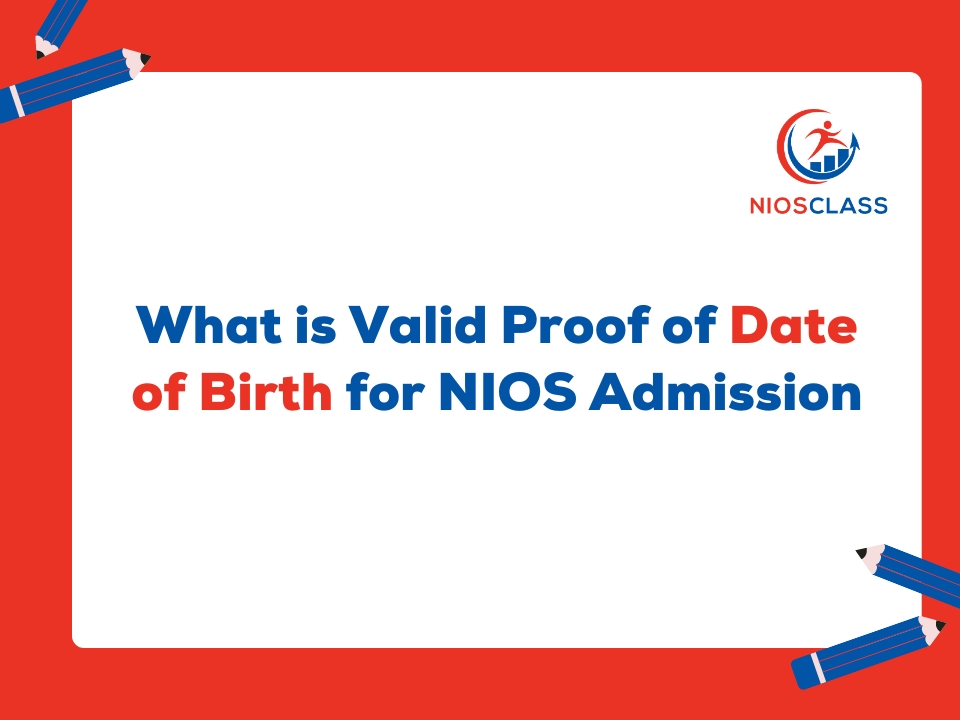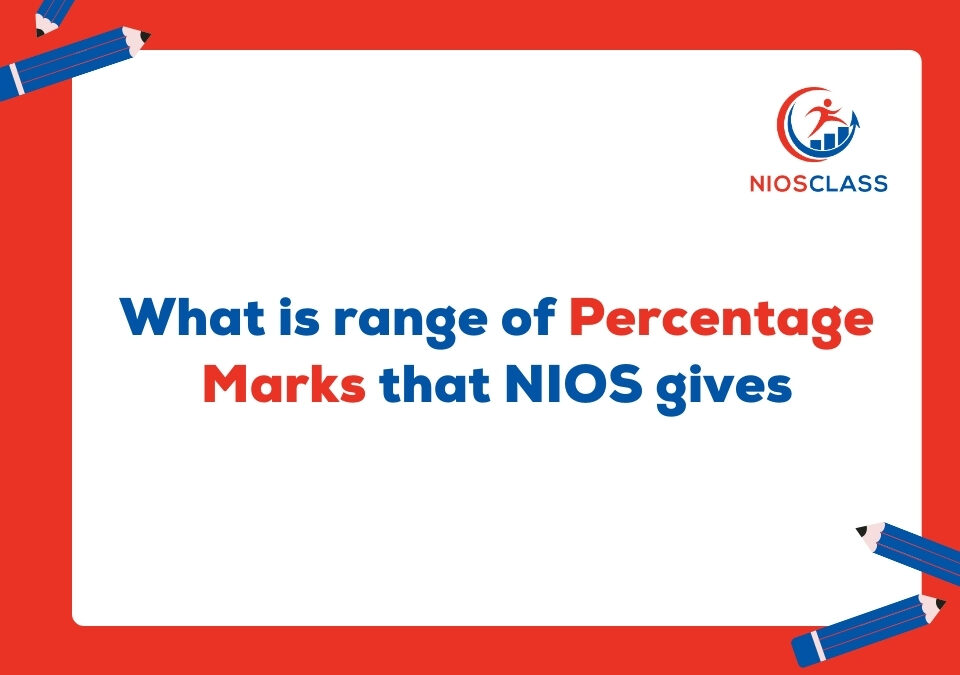
NIOS Online Admission 2024-25 for Class 10th & 12th Started
April 17, 2024
What is Valid Proof of Date of Birth for NIOS Admission
April 23, 2024NIOS provides a unique educational opportunity for learners of all backgrounds, and understanding their grading system is essential for prospective students. In this blog, we’ll delve into the range of percentage marks that NIOS Board gives and shed light on how it differs from traditional educational boards.
Why Choose NIOS Board?
For students who are not able to attend full-time classroom education, NIOS offers the facility to study at home and appear for the board exams as per the board prescribed syllabus. If you are looking for job opportunities and want to appear in competitive examination, then you can appear for 12th board examination through NIOS board. By doing this, you can continue both your job and studies and ultimately secure your future in the service of the country.
Studying for board exams through NIOS board can be a good option or valuable for you as you can prepare for other opportunities as well.
NIOS Board Grading System
Unlike traditional educational boards that use a percentage-based grading system, NIOS follows a different approach to assess students’ performance. Let’s break it down:
1. Grade System: NIOS employs a grading system instead of providing marks in percentages. Grades are assigned based on students’ performance in exams and assignments.
2. Range of Grades: The grading system consists of several grades ranging from A to E. Here’s what each grade signifies:
– Grade A: 80% and above
– Grade B: 60% to 79%
– Grade C: 40% to 59%
– Grade D: 33% to 39%
– Grade E: Below 33%
3. No Failures: One of the key features of NIOS is that it does not have a concept of failing students. Even if a student scores below 33%, they are awarded the Grade E, ensuring that every learner gets an opportunity to continue their education and improve their performance.
Difference between NIOS System and Traditional System
Now that we know about NIOS’s grading system, let’s compare it to the traditional percentage-based grading used by other educational boards:
Traditional System
In traditional boards, students’ performance is measured in percentages, typically ranging from 0% to 100%. The passing percentage varies from board to board, but students must score above a certain threshold to pass the exams.
NIOS System
NIOS focuses on assessing students’ overall performance rather than just assigning passing marks. The grading system encourages continuous learning and improvement, with no students being labelled as failures.
Conclusion
The range of percentage marks offered by NIOS may differ from what you’re accustomed to in traditional educational boards. However, it’s essential to understand that NIOS’s grading system is designed to provide a holistic assessment of students’ abilities and promote lifelong learning.
Whether you’re aiming for Grade A or striving to improve from Grade D to Grade C, remember that every step of your educational journey with NIOS Class is valuable. Embrace the opportunities for growth and development, and don’t be discouraged by the absence of percentage marks. Your achievements are more than just numbers; they represent your dedication, perseverance, and passion for learning.





